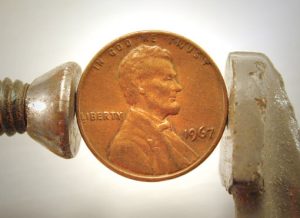Analysts at Moody’s Investors Service (Moody’s) have noted a continuation of the weak commercial property pricing environment, with further declines expected in 2017, but does note an expectation that pricing in commercial casualty business will breakeven in 2017, for the third year running.
 Moody’s has published its annual rate change and trend survey of the U.S. property and casualty (P&C) industry, which finds that commercial pricing remains weak in 2017.
Moody’s has published its annual rate change and trend survey of the U.S. property and casualty (P&C) industry, which finds that commercial pricing remains weak in 2017.
The company states that an abundance of capacity from both traditional and increasingly alternative providers of re/insurance capital, is combining with low levels of catastrophe losses, favourable reinsurance pricing and expanded terms and conditions, which is leading commercial property insurers to expect rates to decline by 1.5% in 2017.
Moody’s explained that writers of catastrophe-exposed commercial property business have noted a decline in risk appetite during the year, with business falling below required levels of profitability and the growing influence of alternative capital being main drivers.
Outside of the commercial property arena and commenting on commercial casualty business, Jasper Cooper, a Moody’s Vice President, said; “We expect breakeven pricing in commercial casualty lines in 2017 for the third year in a row, partly offset by mid-single-digit increases in commercial auto.”
Commercial auto lines of business have recorded annual pricing increases since 2010, but despite this, Moody’s predicts this line of business to remain unprofitable in response to increased frequency and severity trends, combined with an expected reserve deficiency.
The profitability of commercial auto lines should improve over the next two years, said Moody’s, but warns that underwriting losses are likely to persist.
Regarding personal auto business, Cooper said; “Increases in accident costs began in Q4 2014 or in 2015 due to increased miles driven, driver distraction from handheld devices, and higher repair costs as many newer vehicles have sensors and cameras in or near the bumpers.
“As accident avoidance technologies improve and become more widespread, we expect that frequency trends will shift back to their long-term average of negative 1%-2% over time.”
Moody’s also said that homeowner insurance companies should expect moderate price increases in 2017, which will be in line with cost inflation.


